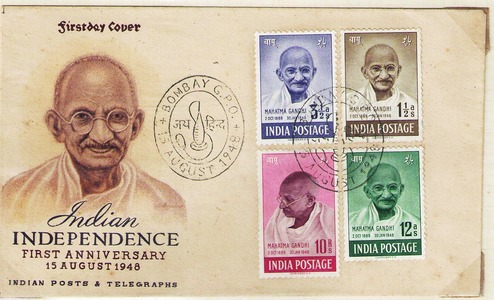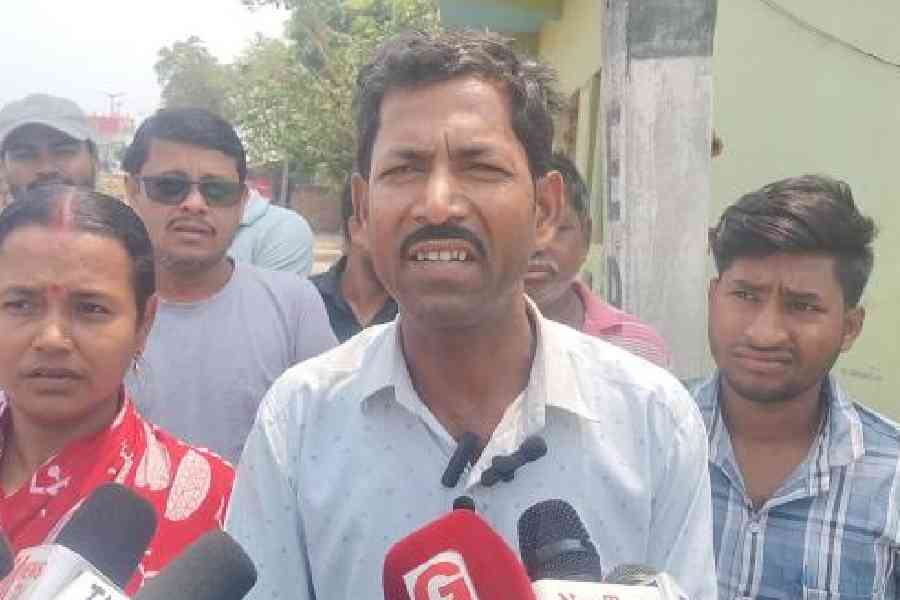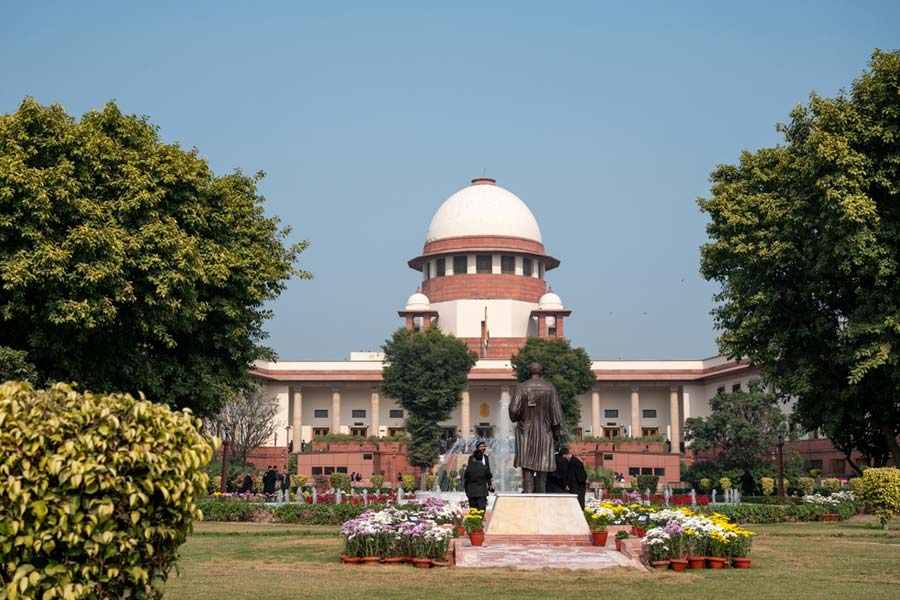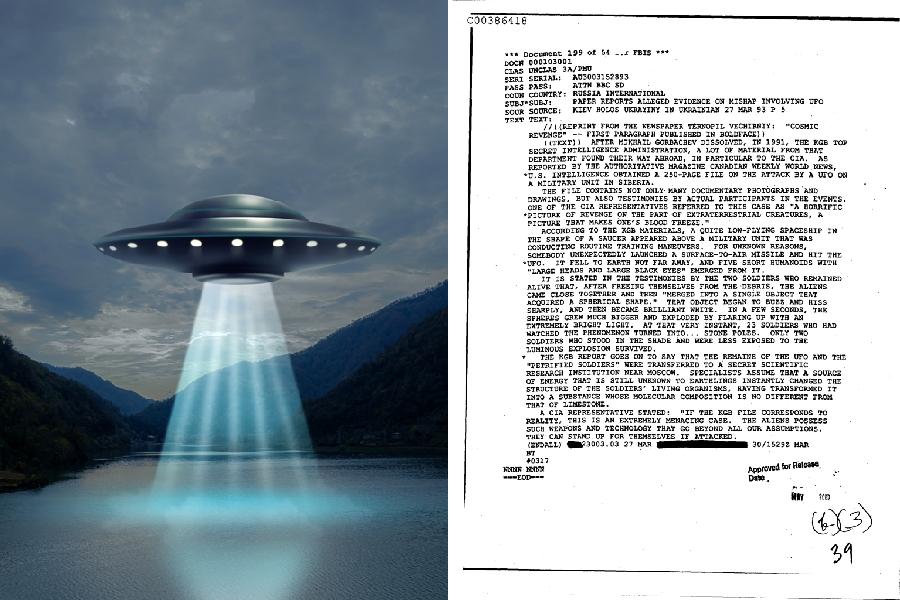
Patna: Mahatma Gandhi can make you a crorepati if you have a stamp of Rs 10 denomination issued on him by the Union government on August 15, 1948, to commemorate the first anniversary of India's Independence - a year also marked by the loss of the biggest leader of the freedom movement .
Gandhi's death anniversary is observed on January 30 every year.
A set of four stamps on Gandhi was issued to mark the occasion. Three of them were in the denomination of 1.5, 3.5 and 12 annas, while the fourth one was of Rs 10 (it is the rarest of all the Gandhi stamps issued in the world if "service" is overprinted on it). At that time 16 annas made a rupee.
These stamps, unlike Gandhi's 'swadeshi' wish, were printed in Switzerland in large numbers, but some of them were embossed with the "service" word at the India Security Press at Nashik in Maharashtra and reserved for the use of the office of the first Indian governor general Chakravarty Rajagopalachari.
"The Rs 10 one was of a very high value for a stamp in 1948 and just 200 of them were overprinted with the 'service' word. One full sheet of it containing 50 stamps (also called mint sheet) is kept at the National Philatelic Museum in New Delhi. Of the remaining ones, only 13 are known to exist at present. And that makes it the rarest Gandhi stamp," said eminent philatelist N.K. Agrawal, who has roots in Patna and currently lives in Bangalore.
The other stamps are also considered rare and could easily fetch a few lakh rupees. Altogether 450 stamps of 12 anna denomination, 1,550 stamps of 3.5 denomination and 16,150 of 1.5 anna denomination were overprinted with "service" for the use of Rajagopalachari.
Agrawal, who is a life-member of Philatelic Congress of India (PCI) and Karnataka Philatelic Society (KCI), said there were several special features in these four stamps, which are not found in the stamps printed after that in the country. They were printed on coated paper made with pulp and silk fibre with no watermark.
"These stamps were the first ones in the country to be printed by using the photogravure technique in which an image produced from a photographic negative is transferred to a metal plate and etched in for further printing. They were also the first trilingual stamps in India with 'Bapu' written in Hindi, Urdu and English - as Gandhi was lovingly called," Agrawal added.
Pointing out the other features, Agrawal added that this is the first and last stamp of independent India in which the date of birth and demise of a person is given.
The practice was discontinued afterwards.
More than 50 stamps on Gandhi have been issued in India, while altogether 103 other countries have also honoured him by issuing commemorative stamps on him.











